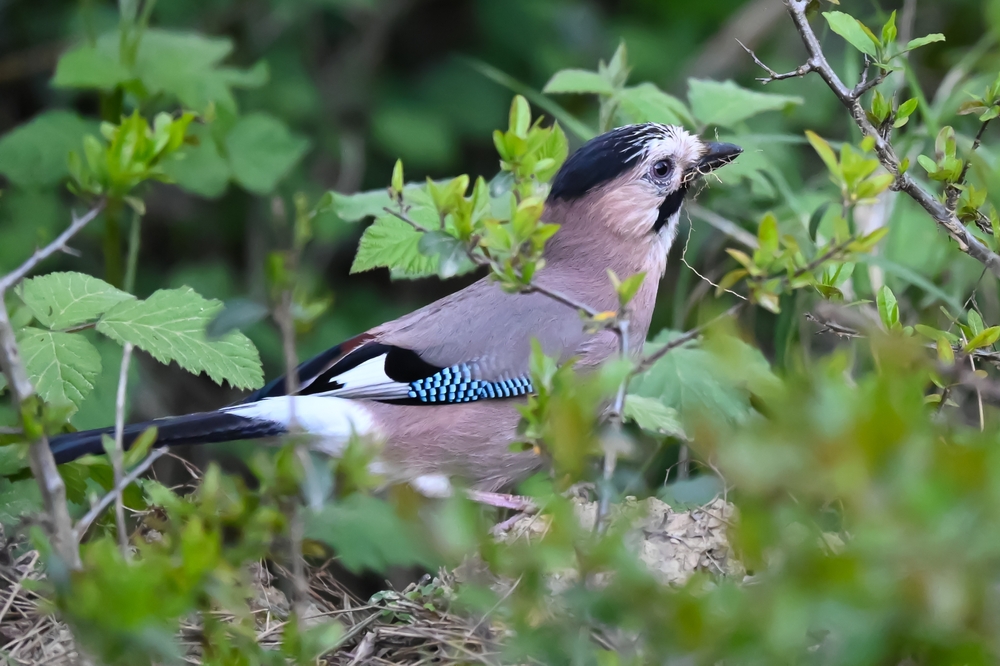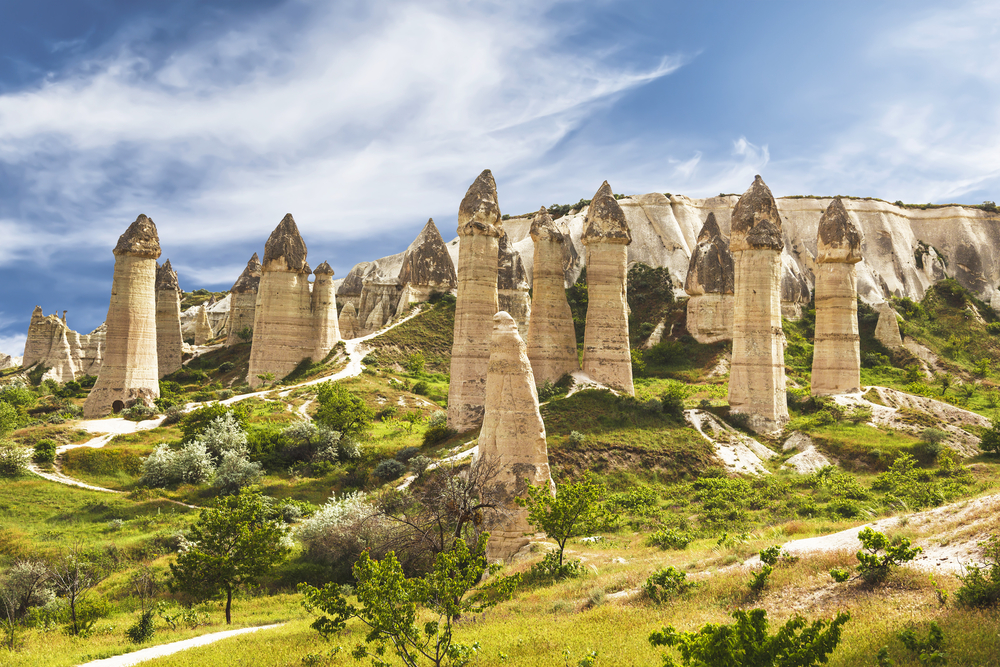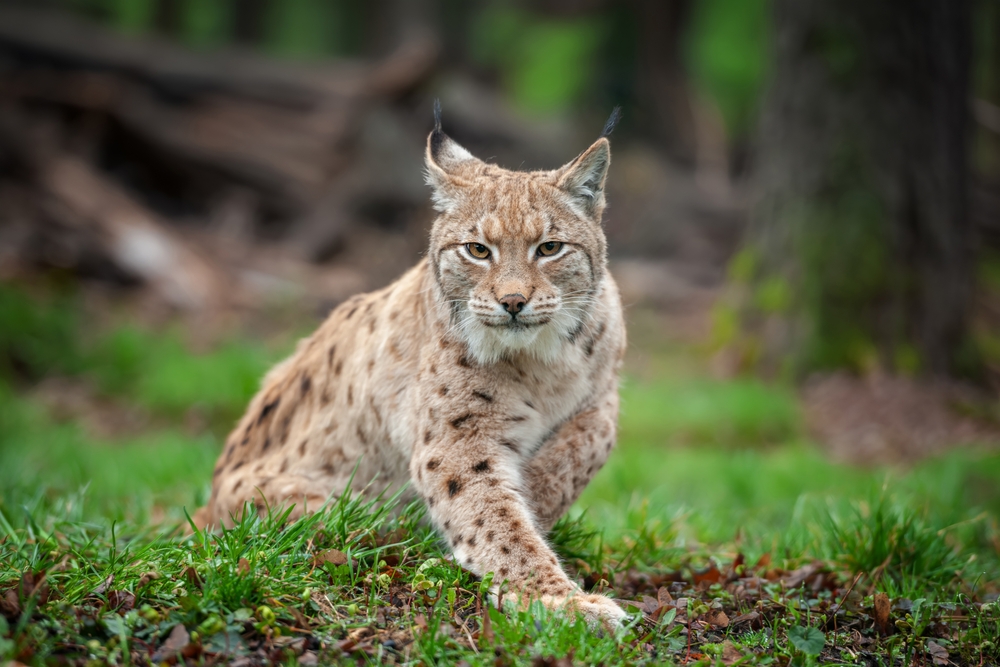Altınbeşik Cave Overview
Altınbeşik Cave National Park, known locally as Altınbeşik Mağarası Milli Parkı, is located in the İbradı district of Antalya Province in southwestern Turkey.
Covering approximately 2.8 square miles (7.3 square kilometers), this relatively small yet striking park is renowned for its cave system and subterranean lake, which are among the most impressive natural formations in Turkey.
Nestled within the steep and rugged limestone terrain of the western Taurus Mountains, the park is situated on the southern slopes of the Central Anatolian Plateau. Its dramatic topography includes deep valleys, high cliffs, and dense patches of pine forests, creating a lush green landscape during much of the year.
The heart of the park is the Altınbeşik Cave, a three-level limestone cave stretching over 1.6 miles (2.5 kilometers). Inside lies Turkey’s largest underground lake and the third-largest in Europe. Visitors often marvel at the milky-blue color of the lake, which is fed by karst springs and flows through the cave’s sculpted chambers.
Stalactites and stalagmites adorn parts of the cave, adding to its mystique. The park’s upper elevations support Mediterranean vegetation, including juniper, cedar, and black pine trees, while the lower areas contain thick brush and wildflowers that bloom in spring and summer.
Wildlife in Altınbeşik Cave National Park is modest but still rewarding for nature enthusiasts. Mammals such as foxes, wild boars, and martens may be seen roaming through the forested slopes, while reptiles and amphibians thrive in the damp, shaded areas around the cave.
Birdlife is especially diverse in the park’s skies and treetops. Notable bird species include golden eagles, Eurasian jays, and woodpeckers. The quiet and undisturbed nature of the park makes it a favorable nesting ground for various birds of prey, and birdwatchers often find it a rewarding destination during migration seasons.
The most popular feature of the park is, without question, the Altınbeşik Cave itself. Accessible by boat during the high-water months of spring and early summer, visitors can glide over the underground lake through a spectacular tunnel into chambers framed by natural rock bridges and flowstone formations.
Outside the cave, the park offers walking trails and scenic viewpoints that give visitors a chance to take in the rugged mountain scenery and lush vegetation. Small observation points and rest areas are scattered throughout the park, providing peaceful spots for reflection and photography.
Visitors can engage with Altınbeşik Cave National Park in a number of immersive ways. Guided boat tours through the cave are the highlight experience, while hiking the surrounding trails provides a more active way to explore the terrain.
The nearby village of Ürünlü offers opportunities for cultural interaction and access to local cuisine. The park is a popular day-trip destination from Antalya and Alanya and appeals particularly to those interested in geology, spelunking, and eco-tourism.
Conservation efforts at Altınbeşik Cave National Park have centered on protecting the cave’s delicate ecosystem and regulating visitor access to prevent damage from overuse. The park’s management has achieved some success in balancing tourism and preservation, though challenges remain.
Seasonal water levels can fluctuate due to climate changes and nearby land use, impacting both biodiversity and visitor experiences. Continued monitoring and responsible tourism practices are key to preserving the park’s unique subterranean and forest habitats for future generations.












































































